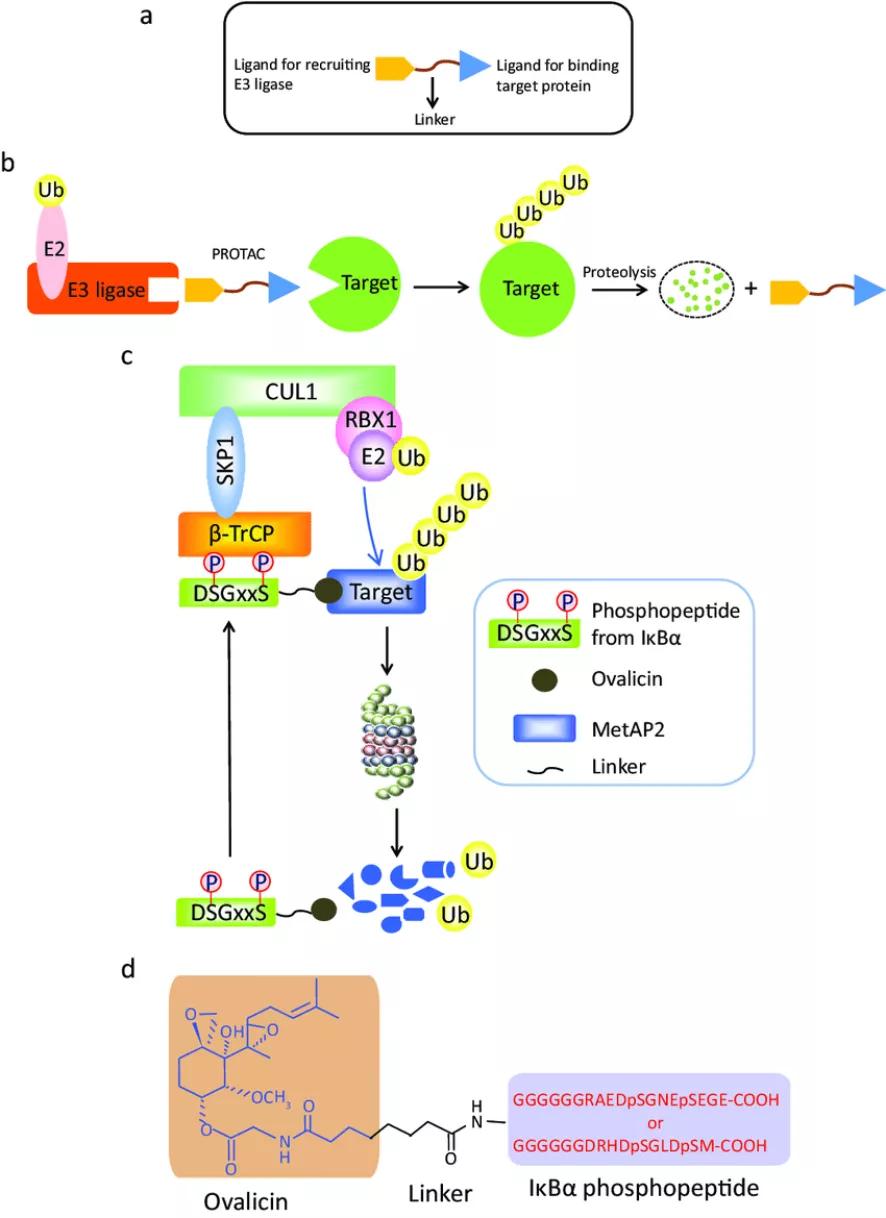How to Effectively Drop PMI from FHA Loan: A Comprehensive Guide
Guide or Summary:What is PMI?Why You Should Consider Dropping PMI Understand Your Loan Terms Monitor Your Home's Equity Request a Home Appraisal Pay Down Yo……
Guide or Summary:
- What is PMI?
- Why You Should Consider Dropping PMI
- Understand Your Loan Terms
- Monitor Your Home's Equity
- Request a Home Appraisal
- Pay Down Your Mortgage
- Contact Your Lender
#### Introduction
When it comes to homeownership, one of the most significant financial burdens can be Private Mortgage Insurance (PMI). For those who have an FHA loan, understanding how to drop PMI from FHA loan is crucial for saving money over time. This guide will walk you through the steps to eliminate PMI, the benefits of doing so, and the factors that may affect your ability to drop PMI.
#### Understanding PMI
What is PMI?
Private Mortgage Insurance (PMI) is typically required for borrowers who make a down payment of less than 20% on their home. For FHA loans, this insurance protects the lender in case the borrower defaults on the loan. While PMI can make homeownership accessible for many, it also adds an additional monthly cost that can strain your budget.

Why You Should Consider Dropping PMI
Dropping PMI from an FHA loan can lead to significant savings. Once you eliminate this cost, you can redirect those funds toward other financial goals, such as building an emergency fund, investing, or paying down other debts. Additionally, removing PMI can also improve your monthly cash flow, making your mortgage more manageable.
#### Steps to Drop PMI from FHA Loan
1. Understand Your Loan Terms
The first step in dropping PMI is to review your FHA loan terms. Generally, FHA loans require PMI for the life of the loan if you put down less than 10%. However, if you made a down payment of 10% or more, you can request to cancel PMI after 11 years.
2. Monitor Your Home's Equity
To drop PMI from FHA loan, you'll need to have a certain amount of equity in your home. Typically, lenders require you to have at least 20% equity to eliminate PMI. You can calculate your home equity by subtracting your mortgage balance from your home's current market value.
3. Request a Home Appraisal
If you believe your home's value has increased significantly, you can request a home appraisal. If the appraisal shows that your home’s value has risen enough to give you 20% equity, you can then approach your lender with this information to request the removal of PMI.
4. Pay Down Your Mortgage
Another way to build equity and potentially drop PMI is by making extra payments toward your principal balance. This strategy not only reduces your outstanding loan amount but also helps you reach the 20% equity threshold faster.
5. Contact Your Lender
Once you've determined that you qualify to drop PMI, contact your lender. They will guide you through the process, which may include submitting a formal request and possibly obtaining a new appraisal.
#### Conclusion
Dropping PMI from an FHA loan can be a game-changer for many homeowners. By understanding your loan terms, monitoring your home's equity, and taking proactive steps, you can eliminate this cost and enjoy the financial freedom that comes with it. If you're considering this option, be sure to reach out to your lender for specific requirements and guidance tailored to your situation.
By following these steps, you can effectively drop PMI from FHA loan and enhance your overall financial well-being.